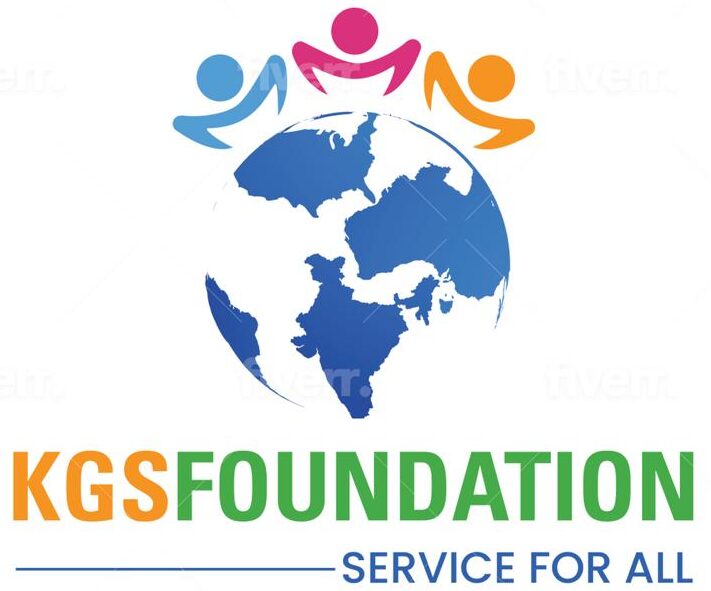Introduction:
Vocational education plays a crucial role in preparing individuals for successful careers in various industries. While traditional vocational programs often focus on technical skills and job-specific training, there is growing recognition of the importance of incorporating creative arts programs into vocational education. Creative arts programs offer unique opportunities for skill development, personal growth, and career exploration, while fostering creativity, innovation, and self-expression. In this article, we explore the benefits of integrating creative arts programs into vocational education and highlight the ways in which these programs nurture talent and enhance career readiness.

The Role of Creative Arts in Vocational Education:
- Creative arts programs encompass a wide range of disciplines, including visual arts, performing arts, music, dance, and creative writing. These programs provide students with opportunities to explore their interests, develop their talents, and acquire valuable skills that are transferable to a variety of careers. By integrating creative arts into vocational education, students can develop critical thinking, problem-solving, communication, and collaboration skills, which are essential for success in today’s workforce.
Benefits of Creative Arts Programs in Vocational Education:
- Research has shown that creative arts programs offer numerous benefits for students in vocational education:
a. Enhanced Creativity: Engaging in creative arts activities stimulates the imagination and encourages innovative thinking, allowing students to generate new ideas and solutions.
b. Improved Communication Skills: Creative arts programs promote effective communication through various mediums, including visual, verbal, and written expression, helping students articulate their ideas and perspectives with clarity and confidence.
c. Increased Self-Confidence: Participating in creative arts activities builds self-esteem and self-efficacy, as students gain a sense of accomplishment and pride in their creative achievements.
d. Expanded Career Opportunities: Creative arts skills are in demand across a wide range of industries, including advertising, marketing, media, entertainment, design, and technology, opening up diverse career pathways for vocational education graduates.
e. Holistic Development: Creative arts programs nurture the whole person, addressing cognitive, emotional, social, and physical aspects of development, and fostering personal growth, resilience, and well-being.
Integrating Creative Arts into Vocational Curriculum:
- To effectively integrate creative arts into vocational education, educators can adopt the following strategies:
a. Interdisciplinary Approach: Incorporate creative arts activities into vocational curriculum units, projects, and assignments, allowing students to apply their skills and knowledge in real-world contexts.
b. Hands-On Learning: Provide opportunities for experiential learning and hands-on practice in creative arts disciplines, such as studio workshops, performances, exhibitions, and collaborative projects.
c. Guest Speakers and Industry Partnerships: Invite guest artists, performers, and industry professionals to share their expertise, insights, and experiences with students, providing valuable networking opportunities and exposure to career pathways.
d. Portfolio Development: Encourage students to create portfolios showcasing their creative work, projects, and accomplishments, which can serve as valuable tools for college applications, job interviews, and professional networking.
e. Mentoring and Support: Offer mentorship and guidance to students interested in pursuing careers in the creative arts, connecting them with mentors, advisors, and resources to help them achieve their goals.
Conclusion:
Creative arts programs play a vital role in enriching vocational education and preparing students for success in the workforce. By integrating creative arts into vocational curriculum, educators can foster creativity, innovation, and self-expression, while equipping students with essential skills and competencies for a wide range of careers. As we continue to recognize the value of creative arts in vocational education, we empower students to explore their passions, develop their talents, and pursue meaningful and fulfilling careers in the creative industries and beyond.



